If you are not the CEO of a public company, how do you know how much your company is worth? Unless you are seeking growth capital or planning for a liquidity event, you may not be focused on your company’s value. However, staying informed about your company’s current and anticipated value is just as important as staying informed about the value of your stock portfolio. Wouldn’t it be beneficial to quickly and easily determine your company value? Valuations are both art and science and thus can vary drastically depending on the purpose for the valuation, as well as the professional undertaking the valuation. Despite the variations in methodology and perspectives, this article will introduce the concepts inherent in a basic discounted cash flow (“DCF”) method for an M&A valuation.
Current vs Future EBITDA
When selling your company, most people will tell you that your company is worth a certain multiplier of your current EBITDA. While applying a multiplier to a company’s current EBITDA will produce a rough estimate of value, the reality is that most buyers determine value based on a multiple applied to future EBITDA. Why is this distinction important? Current financials have less relevance because buyers are not buying your past financial performance, they are buying your future financial performance and the value of synergies your company provides. Therefore, an approach that simply applies a multiplier to EBITDA will be a form of rough justice. For instance, assume there are two companies in the same industry, with the same current EBITDA, but one is growing much faster than the other. Would a buyer pay the same amount for each company? Of course not! Secondly, an EBITDA or revenue multiplier will not work for companies that don’t currently have EBITDA or revenue, thus the DCF method is the best way to arrive at a company value. Note that in this article, EBITDA does refer to a “recast” EBITDA in which all unnecessary and one-time expenses should be added back to your actual EBITDA.
Discounted Cash Flow Method
The first step is to develop a reasonable five-year forecast that can be justified with historical financials and reasonable assumptions. Remember, every CEO represents their company’s future growth curve as a “hockey stick” and acquirers and investors tend to be highly skeptical when they see numbers that reflect such a trend. After determining a reasonable, well-justified forecast, the next step is to select a multiplier. In the simplest terms, a multiplier can be thought of as the number of years it would take to replicate your business under ideal circumstances. More than likely, it took you longer than the multiplier you select because it is often the case that business are not started in ideal circumstances. If it took you 20 years to start your business, it might not necessarily take a third party 20 years to replicate your business, so focus on a realistic number that represents the effort a third party would reasonably need to undertake to re-create your business. For example, industries with high barriers to entry and market fragmentation as well as companies with higher sales typically have higher multipliers. In order to pick an accurate multiplier, the most objective method is to look at the multipliers of various deals and pick one that closely matches your size and market. There are services available to get this information, but they can be expensive. To get an average for your specific market, you can go to our online valuation tool and click on the “Multipliers” link towards the bottom.
Finally, the last component needed to calculate your company value is a discount rate. The discount rate reflects the amount of risk a buyer is taking by purchasing your company. For small companies, the discount reflects the risk of not getting a guaranteed rate of return (represented by the 5-year Treasury rate), plus a discount for a lack of liquidity, plus a discount for the risk of not hitting the forecasted financials. Hence, the smaller the company, the higher the discount. The higher the risk of the business or industry, the higher the discount. For companies with revenue of at least $2 million but under $50 million that are profitable, the total discount will probably be around 15%-35%. Conversely, biotech companies that are in early clinical trials and have high risk of never commercializing may have discounts around 60-70%.
Once all of the above figures have been determined, you can input them into our online valuation tool to get an estimate of financial value of your company. This is the value that a financial buyer, such as a private equity group, would probably pay for your business. Of course a strategic buyer would usually pay a premium that represents the value of their increased cash flow from the synergy your company provides. This would vary depending on the amount and type of synergy being provided.
Now that you have had a crash course in using the discounted cash flow valuation method, you should have better insight on why it is important to continually forecast financials and why it is best to focus on future financials when speaking to potential acquirers or investors. After understanding how the discounted cash flow valuation method works, it is important to note a few take-aways:
- As interest rates increase, so do discount rates and the value of your company decreases. You can experiment with this on our valuation tool. The interplay between discount rates and interest rates is important to consider given the uncertainty regarding projected inflation rates.
- The best valuations occur when your company is growing significantly because in such growth scenarios it is easier to justify a continued “hockey stick” trajectory (as opposed to when your historical sales & EBITDA have been flat and you try to show significant growth over the next five years).
If you have further questions about this method or how to apply it to your business, please contact us.
